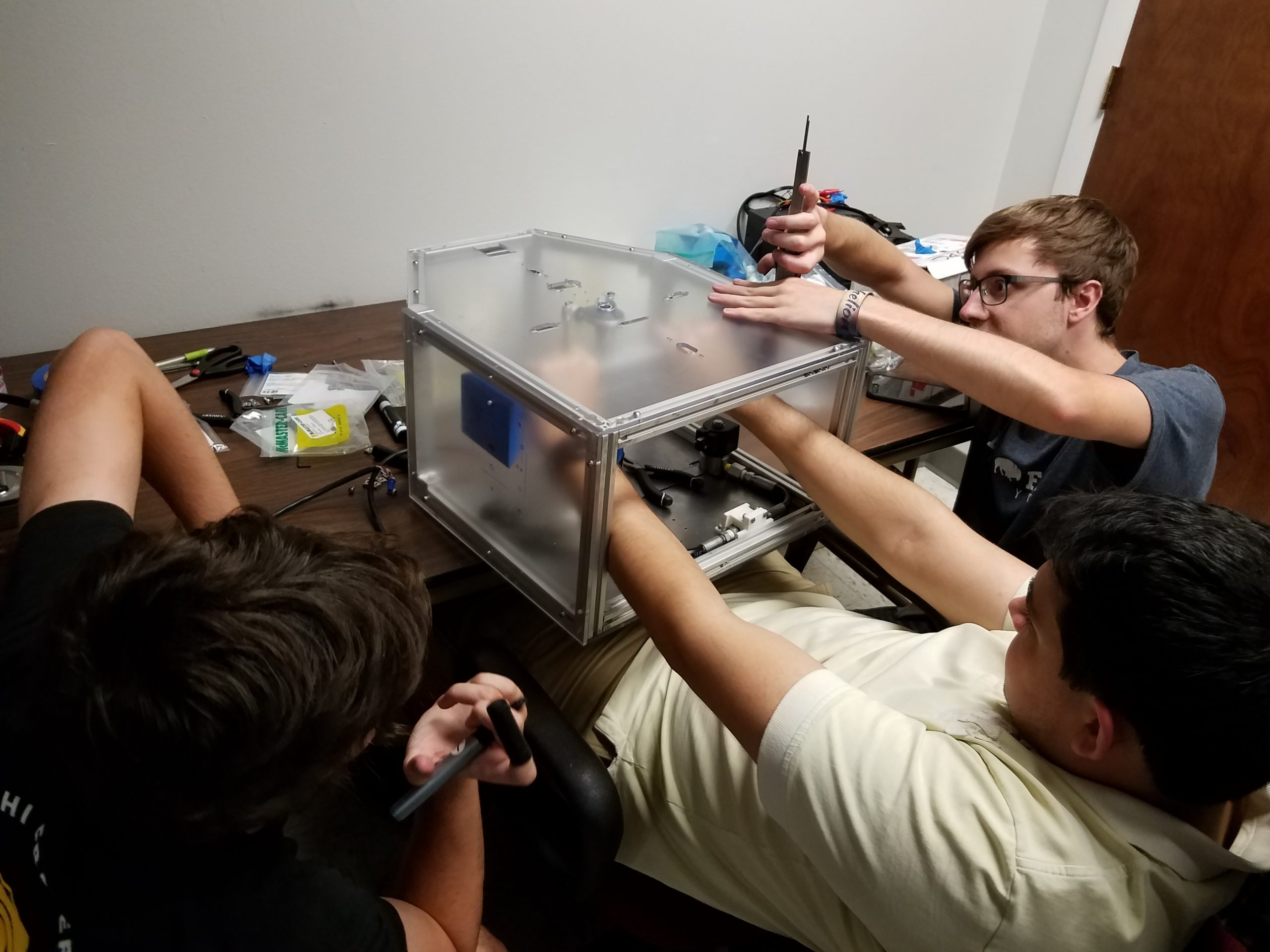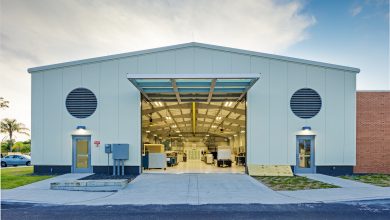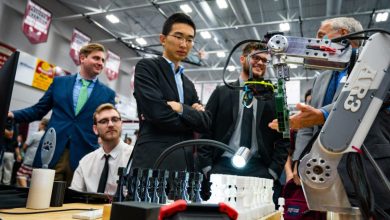TYPHON Student Design Team Makes Mothership for Space Debris Removal Spacecraft
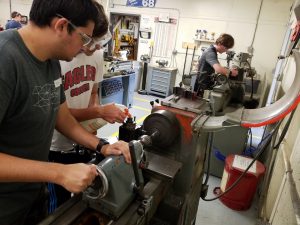
Cerberus, designed and built by eight Florida Tech seniors, is more than a reference to the monstrous multi-headed dog of Greek mythology.
It’s a laboratory prototype of a satellite capable of tracking and capturing space debris.
In other words, it’s designed to assist in the removal of defunct, artificially created objects in space that can easily damage satellites or spacecrafts.
The unmanned space debris capture vehicle won Best Aerospace Project at the 2017 Northrop Grumman Senior Design Showcase.
And it has given rise to another laboratory prototype that will be presented at this year’s showcase—an interface known as TRRICCS (the Typhon Refuel and Recharge Interface for Cerberus Capture System).

Ten different seniors have been hard at work on Project TYPHON, creating the interface to allow Cerberus and TYPHON to have fluid, electrical energy and data transfer.
“The intention is to create a ‘mothership’ for Cerberus, which would essentially act as an interface to capture, refuel and recharge Cerberus,” said Caio Silveira, the leader of the team.
This would assist Cerberus in the successful removal of space debris.
As explained by Silveira, “For Cerberus to deorbit space debris, it would need to be refueled and recharged. That’s where Project TYPHON comes in.”
According to Greek mythology, Typhon was the father of Cerberus, which is how the team chose the project’s name.
“Even though, in our case, Cerberus came first,” Silveira said.
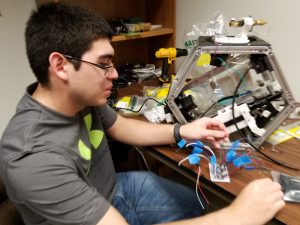
The project involves four subsystems: Capture, Refuel, Recharge and Electrical, and Data Handling and Communication.
And you can believe that Team TYPHON had fun choosing names and acronyms for each of those subsystems—or parts of them.
There’s CTIP, the Cerberus TYPHON Interface Plate.
There’s also FEED System, the FEmalE Disconnect System.
The list goes on.
According to Silveira, the hardest part of the project has been getting to the point of having a proper interface.
“Our project depends on Cerberus, which we knew very little about,” he said. “So studying it and reassembling it taught us a lot to be able to come up with the current design.”
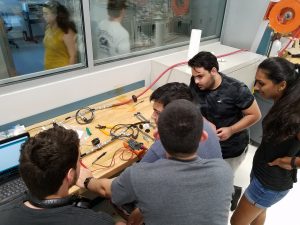
The team faced delays in the reassembly of Cerberus due to lack of documentation from the previous student researchers.
Without this documentation, the seniors had to reverse engineer many of the programming codes to rework and reassemble the electrical system.
Despite these challenges, the team was recently able to watch Cerberus successfully connect to TRRICCS at Florida Tech’s Orion Research Lab.
The Orion Lab has been one of the team’s two work sites—the other site being the Harris Student Design Center on campus.
“The greatest success was being able to connect,” Silveira said. “That’s basically 50 percent of our project done.”

